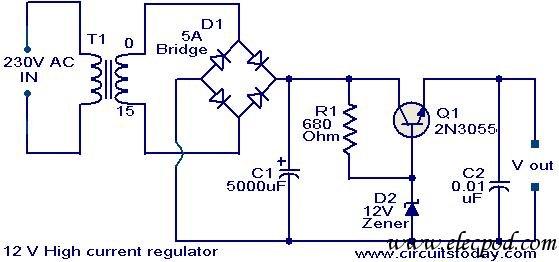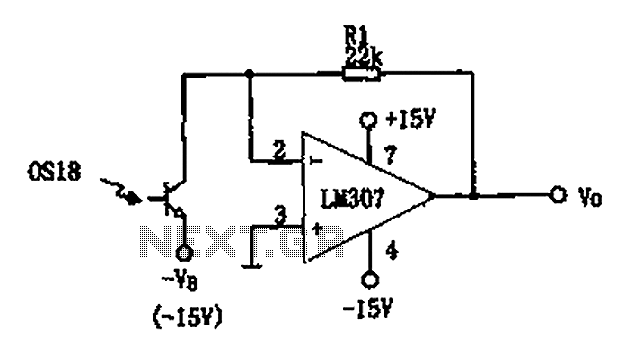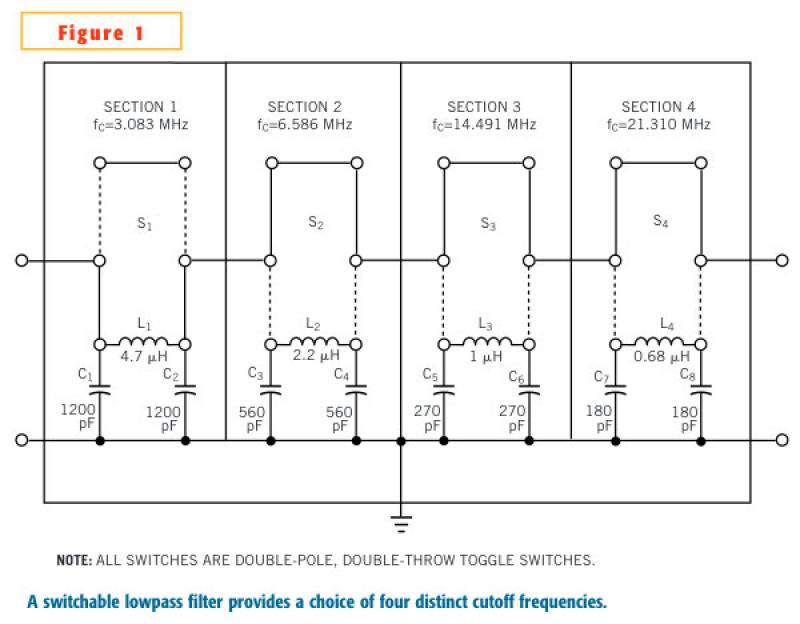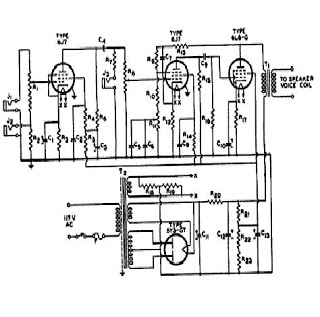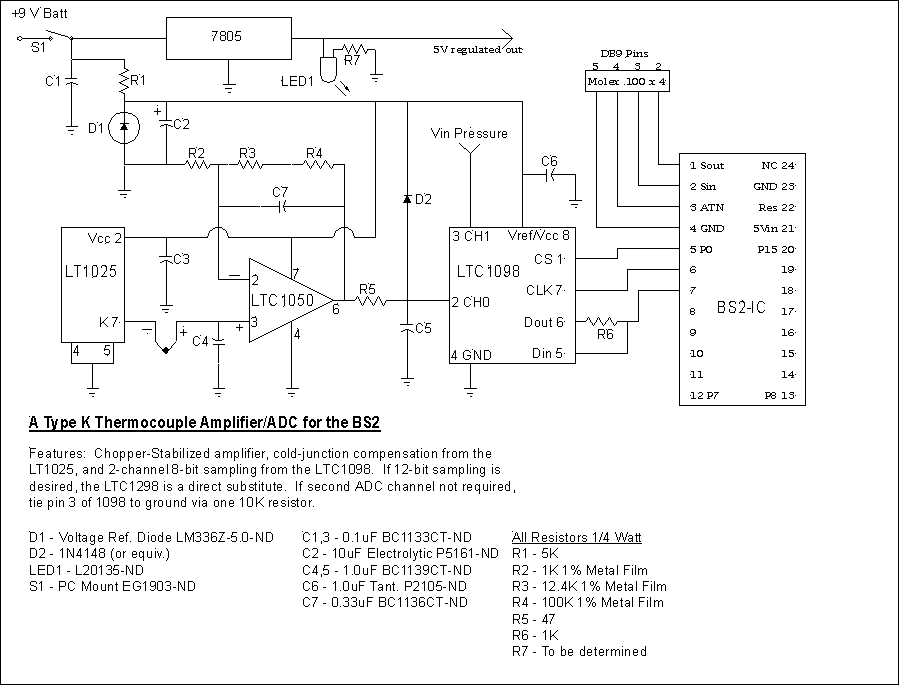
High impedance low capacitance amplifier
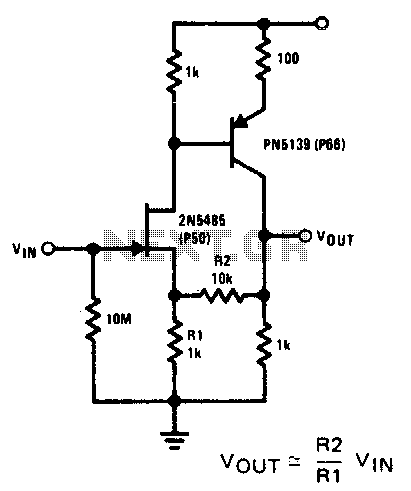
This compound series-feedback circuit provides high input impedance and stable wide-band gain for general-purpose video amplifier applications.
The compound series-feedback circuit is designed to achieve high input impedance, which is essential for minimizing loading effects on the preceding stage of the circuit. This characteristic is particularly advantageous in video amplifier applications, where signal integrity is critical. The circuit configuration typically employs multiple transistor stages, allowing for improved performance in terms of gain and bandwidth.
The use of series feedback in this design enhances stability by reducing the gain sensitivity to variations in component values and temperature changes. This feedback mechanism also helps to linearize the amplifier's response, resulting in reduced distortion and improved fidelity of the amplified signal. The wide-band gain characteristic ensures that the circuit can effectively amplify a broad spectrum of frequencies, making it suitable for video signals that often contain high-frequency components.
In practical implementations, careful selection of transistors and passive components is crucial to achieve the desired performance metrics. The circuit may also include additional features such as biasing networks, coupling capacitors, and output stages to match the load impedance, ensuring optimal power transfer and signal integrity. Overall, the compound series-feedback circuit is a robust solution for high-performance video amplification needs.This compound series-feedback circuit provides high input impedance and stable wide-band gain for general purpose video amplifier applications. 🔗 External reference
The compound series-feedback circuit is designed to achieve high input impedance, which is essential for minimizing loading effects on the preceding stage of the circuit. This characteristic is particularly advantageous in video amplifier applications, where signal integrity is critical. The circuit configuration typically employs multiple transistor stages, allowing for improved performance in terms of gain and bandwidth.
The use of series feedback in this design enhances stability by reducing the gain sensitivity to variations in component values and temperature changes. This feedback mechanism also helps to linearize the amplifier's response, resulting in reduced distortion and improved fidelity of the amplified signal. The wide-band gain characteristic ensures that the circuit can effectively amplify a broad spectrum of frequencies, making it suitable for video signals that often contain high-frequency components.
In practical implementations, careful selection of transistors and passive components is crucial to achieve the desired performance metrics. The circuit may also include additional features such as biasing networks, coupling capacitors, and output stages to match the load impedance, ensuring optimal power transfer and signal integrity. Overall, the compound series-feedback circuit is a robust solution for high-performance video amplification needs.This compound series-feedback circuit provides high input impedance and stable wide-band gain for general purpose video amplifier applications. 🔗 External reference
